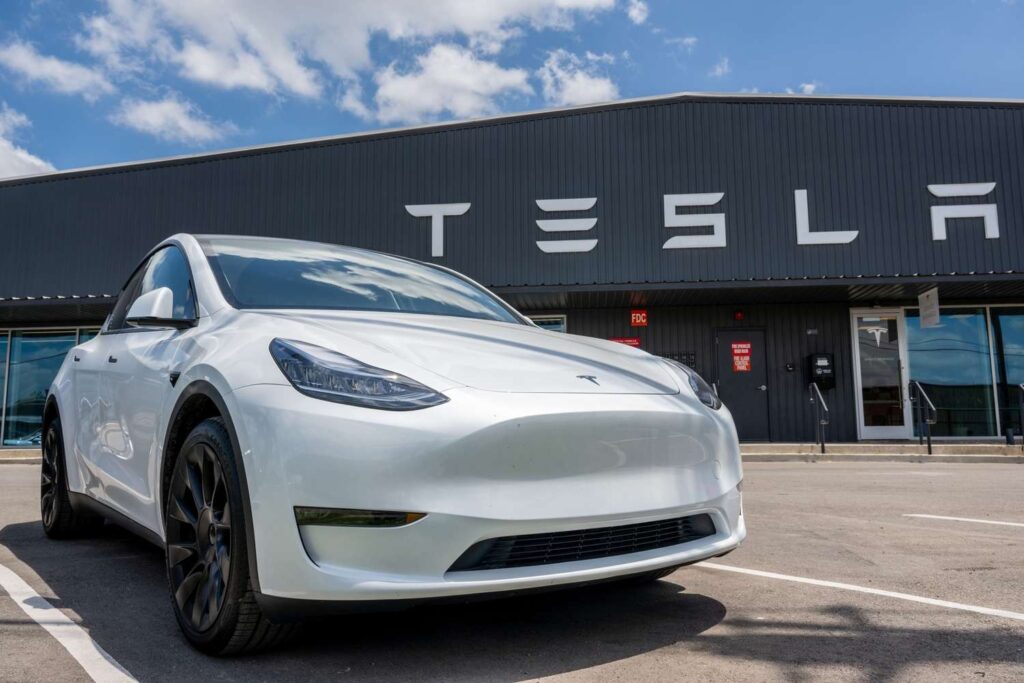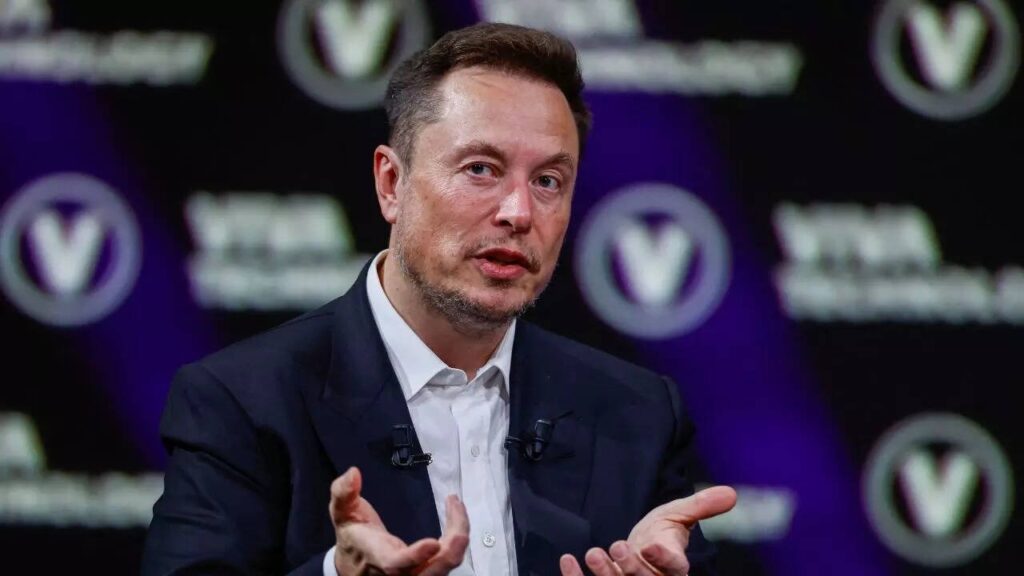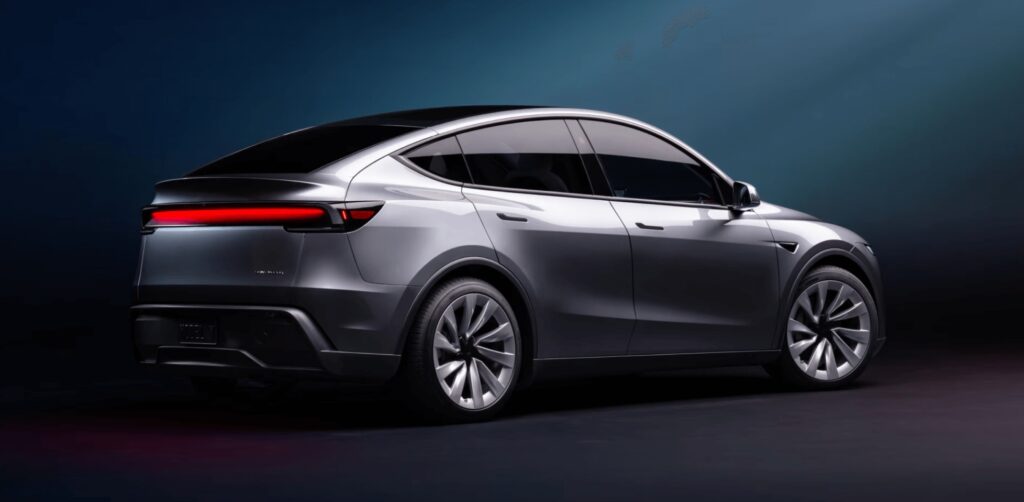Tesla has unveiled new, lower-priced versions of its popular Model 3 and Model Y, starting at around $37,000 and $40,000, respectively. The move aims to make Tesla’s electric vehicles more accessible to a wider audience following the expiration of the federal electric vehicle tax credit.

Key Features of the New Versions
The updated Model 3 and Model Y retain Tesla’s signature long-range batteries and autopilot features, but come with simpler interiors to reduce costs. Some notable changes include:
- Cloth seating instead of premium upholstery
- Fewer speakers and less soundproofing
- Dual headlights on Model Y instead of the continuous light bar on higher trims
- Glass roofs, with fabric lining on the inside of the Model Y
Both vehicles are capable of traveling up to 320 miles per charge, slightly less than the higher-priced models, but still sufficient for most daily and long-distance trips.
Why Tesla Made This Move
The new, budget-friendly models arrive after a federal tax credit for EVs ended in September. Previously, buyers could receive up to $7,500 in credits, which helped offset the cost of electric vehicles. Without the tax credit, Tesla’s new pricing aims to keep EVs competitive with traditional gasoline cars from brands like BMW, Mercedes-Benz, Toyota, and Honda.

Tesla remains the leading EV seller in the United States, but its market share has fallen below 50 percent amid growing competition from both legacy automakers and global EV brands such as BYD.
Elon Musk Urges Followers to Cancel Netflix Over Children’s Show Controversy 2025
Market Reactions and Industry Impact
Some analysts noted that Tesla’s stripped-down Model 3 and Model Y are unlikely to attract new buyers who would not already consider Tesla, meaning sales might cannibalize higher-priced trims. However, the move ensures that Tesla remains competitive in a market where electric vehicles priced between $35,000 and $40,000 are increasingly common.
Competitors such as Hyundai and General Motors have also lowered prices for their EV models, reflecting a broader trend toward more affordable electric cars.

What Comes Next
While Tesla had planned to produce a budget EV in Mexico for around $25,000, the project was canceled to focus on autonomous taxis and humanoid robots. Instead, the company is concentrating on incremental updates to its most popular models.
Investors and fans had speculated about potential new models like the Roadster or futuristic concepts, but Tesla’s latest unveiling focuses on practical, cost-effective versions of the Model 3 and Model Y.
